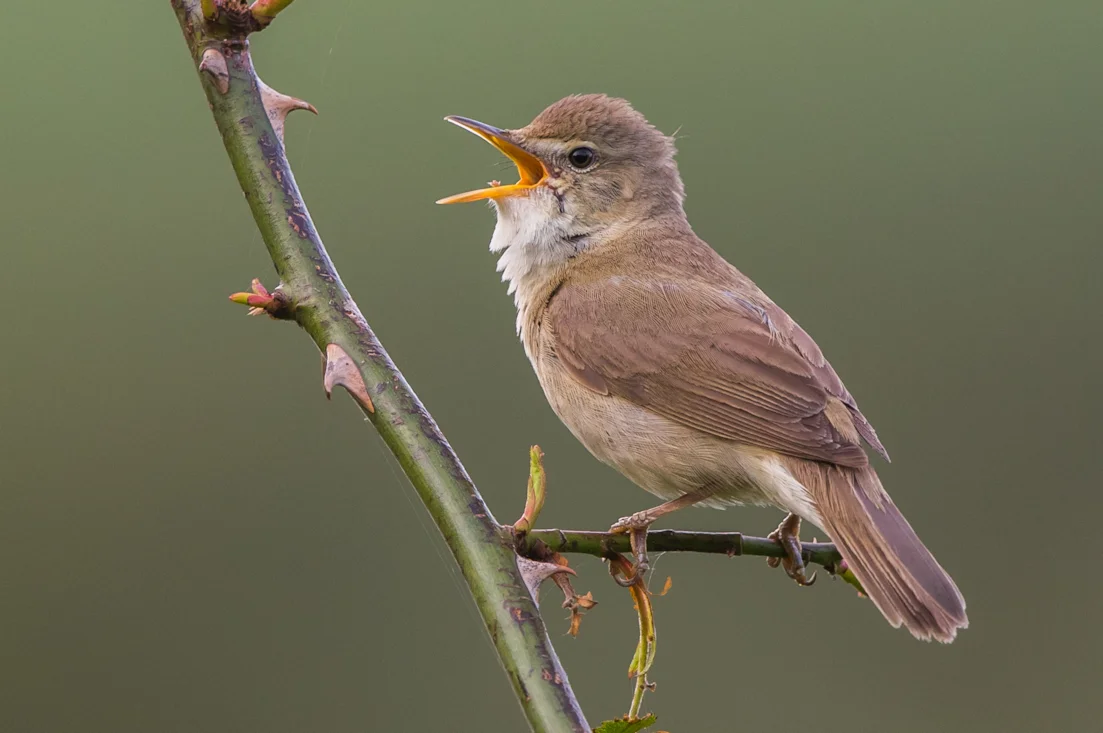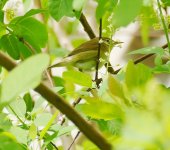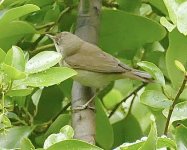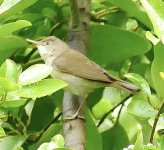Pedrambirder
Well-known member



Thank you.Blyth's Reed would be my guess, emarginated p3+4 and dark bill tip.
Am unsure how this could “safely” be ascribed to BRW?Blyth's Reed would be my guess, emarginated p3+4 and dark bill tip.


Having measured all three images, I’m still finding the “more or less” 2-3 ratio regarding pp-tertials.Pp looks at most %50 to me. Emarginations fit Blyth's; p3 before the tertial tips, p4 more or less in line.

Blyth's Reed Warbler by Peter Garrity
Visit our new-look Galleries to view and search images of thousands of bird species, and join our worldwide community of bird photographerswww.birdguides.com
Substantially over 50% when measured from your own markings. Thus, not related to 'eyesight' or 'misunderstanding of feather tracts'.Pp looks at most %50 to me

Plenty of statisticians and Brexit-voters would disagree. But subjective, of course. As a working definition of 'substantially' (because it works here), how about 'obviously, without measuring it' - especially when it's in contrast to 'at most %50', which is clearly wrong for this bird.55-58% which is not substantially over 50%
but we're talking about the 3 very similar looking brown job Acrocephalus, not about those easily recognizable, so among scirpaceus, palustris and dumetorum, the latter certainly is the only one with a pp this short (that said, I've once photographed a scirpaceus with around 60%...).Plenty of statisticians and Brexit-voters would disagree. But subjective, of course. As a working definition of 'substantially' (because it works here), how about 'obviously, without measuring it' - especially when it's in contrast to 'at most %50', which is clearly wrong for this bird.
Not as far as I know but they do pass through on their way to their breeding grounds in Central Asia and Siberia from late April to mid-May.Genuinely sorry that i cant contribute to the feather-fiddling - one day!
What is the situation of BRW in Iran? Regular passage migrant? They dont breed do they?..
TIA.







Location? Date?this bird
Remiss of me, May’19, London.Location? Date?
